
Two of the three categories the brigadier has described, Pashtuns and Mian Mulla, were never very distinct — as, for instance, in a different way in Punjab — and began to merge into each other fairly early into the Soviet-Afghan war. Not without reason either. Leadership in Pashtun society is unlike the Baloch tribal structure where the sardar sits at the apex and where even inter-tribe relationships are hierarchically determined. The Pashtun leadership is a matter of who can negotiate effectively with the outside world for the solidarity group — tribe, sub-tribe, sub-sub-tribe and clans.
It is for this reason that with the war the traditional structures began to break down, giving way to new power centres. This did not happen so much on our side but it impacted the Afghan traditional elite directly. A similar phenomenon began in Fata in the early 1990s.
When I went to Hangu in 1998 to report on the sectarian riots which saw Orakzai lashkars descend into the Miranzai Valley, I realised that a major shift was happening. Sunni Orakzai tribesmen were linking up with Sunni Bangash to attack Shia Bangash. Never before was it possible for tribal affiliation (the qaum or solidarity group) to be undermined by some supra-tribal ideology.
Imagine my surprise when in Hangu city, on one of the northern hills, I saw emblazoned in white lime the name of a Punjabi — Azam Tariq, the since slain leader of Sipah-e Sahaba Pakistan. Something was afoot and I reported it in The Friday Times along with the interview of Javed Piracha, the then PML-N MNA from Kohat and rabidly anti-Shia. For a Piracha to be able to influence the Pashtun and link up with the Orakzais was another telltale sign.
Fast forward to now. Sabir Mehsud, whose group captured Khalid Khawaja and Colonel Imam, kills Usman Punjabi, the man who was negotiating with the families and also the government. Within days Sabir, a Mehsud, is killed in Razmak by Hakimullah Mehsud’s men to avenge Punjabi’s killing. In the Khyber-Pakhtunkhwa I spent my childhood in, that would have been unheard of.
There’s much more to this shift, but given space constraints let’s leave it at this and move on to the TTP. Brig Munir is right; much before 9/11 and the US attack on Afghanistan, the Taliban had begun to ingress into Fata. They not only came to Mirali but also went into Mohmand. A few times there was fire exchange between Frontier Corps troops and the Taliban because the latter considered the Durand Line as disputed as previous Afghan regimes.
But, and this is important, the TTP, for all its rhetoric, is not linked to the known Afghan groups operating in Afghanistan. If anything, in Bajaur we had Afghans fighting Pakistani forces. There is no known TTP operation inside Afghanistan, with the possible exception of the video that emerged of the Jordanian that attacked FOB Chapman in Khost in January 2010. If the TTP had deep linkages with the Afghan Taliban, frenetic efforts by their jirgas to save first Khawaja and later Imam would not have failed.
North Waziristan, Mohmand and now Kurram are areas where multiple groups operate and each offers a deterrent to other groups. Haji Gul Bahadur, who controlled most of the area in North Waziristan, is now under pressure from the TTP, whose elements have relocated to Mirali and Datta Khel and many are Punjabis. It is interesting to note that this is primarily Wazir area!
It is, therefore, important to analyse what the TTP agenda is. While it may want to control Fata, as a military officer Brig Munir knows that it does not have the capacity to capture territory elsewhere; or even retain it in Fata before a superior force. However, it has the capability to bleed the army and become a diabetic case for the state. Also, by forcing the army into a forward deployment mode in Fata, it extracts a price that can be costly both in tangible and intangible terms.
Published in The Express Tribune, March 14th, 2011.

















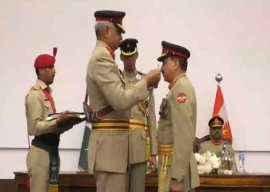

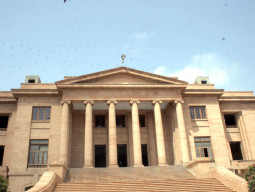


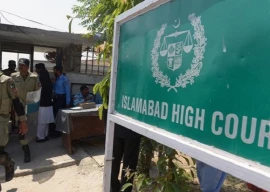
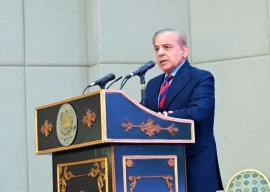
1715142871-0/imfsalary-(1)1715142871-0-270x192.webp)
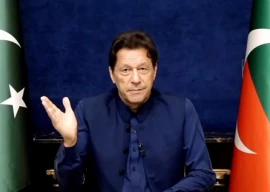
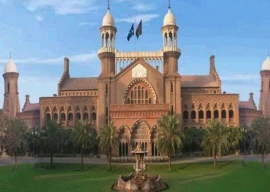
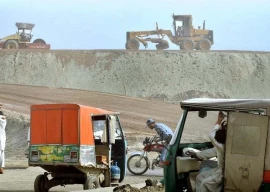
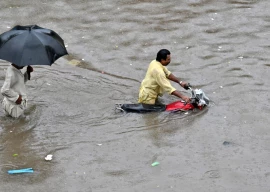



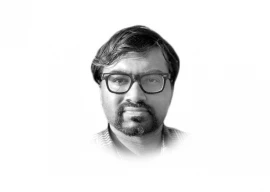


COMMENTS (32)
Comments are moderated and generally will be posted if they are on-topic and not abusive.
For more information, please see our Comments FAQ